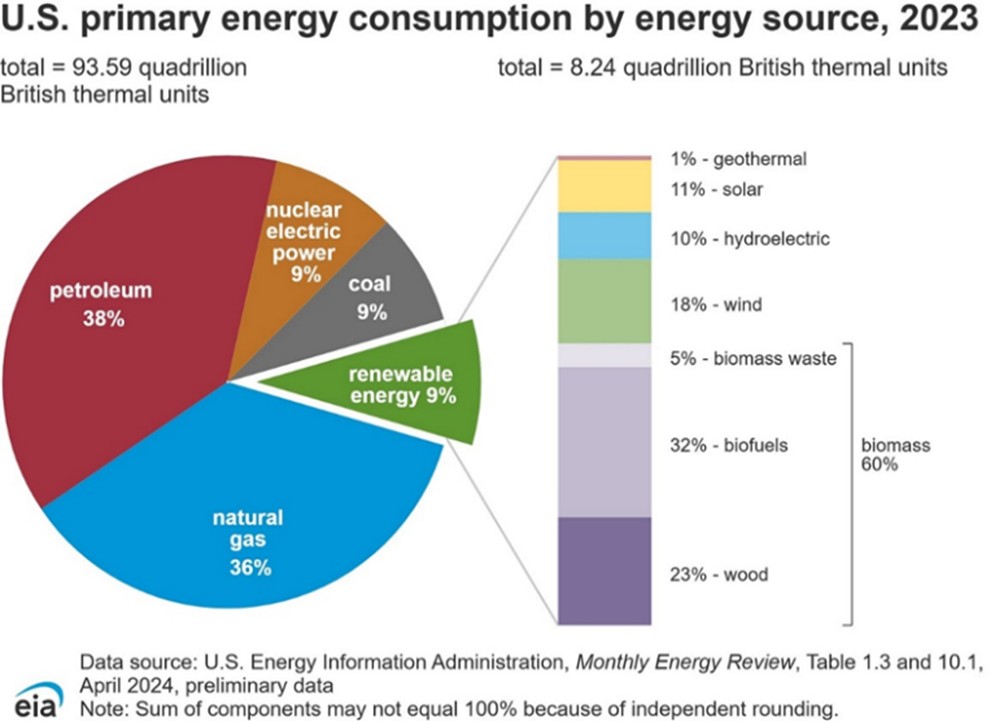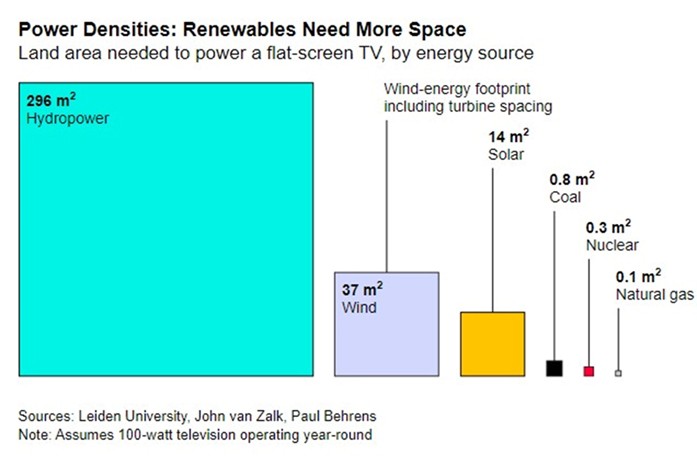Bloomberg Philanthropies Tracks “Petrochemical Incidents” but Not Wind and Solar Accidents (full series)
Beyond Petrochemicals | Basic Physics
Accidents in January–June 2024 | Accidents in July–December 2024
Basic Physics
As a matter of basic physics, developing energy often means playing with fire—sometimes literally. Every important technology has a dark side. People have been dying in traffic accidents that don’t involve chemical tankers since the creation of the automobile.
Batteries are a containment system for otherwise dangerous energy, and a lot more of them will be needed to store all the weather-dependent wind and solar energy that Bloomberg and its allies want to develop. And they’ve already become a separate problem: Google “battery” and “fire” and just the “news” tab returns 30 pages of results.
On January 16, two weeks before the launch of SpillTracker, the largest battery storage facility in America caught fire and burned for several days in California. More than 1,000 people had to flee their homes, and nearly a month later it still wasn’t safe to inspect the damage. Residents reported getting sick. There were reports of chemical contamination, and, of course, lawsuits have been filed.
A fair comparison of accidents in the supposedly “green” energy industry versus the hydrocarbon and petrochemical industry must also account for what they each produce for us—energy and otherwise.
Wind and solar put together accounted for only 2.6 percent of total U.S. energy consumption in 2023:

Note that the total contribution of wind and solar energy is just a couple of percentage ticks more than the energy we generated from burning wood and trash. The supposed energy of the future contributed as much as the energy of the 18th century.
Meanwhile, the hydrocarbons Bloomberg and its allies want us to hate—oil and natural gas—accounted for 74 percent of the total. That’s 28 times more than wind and solar.
And that’s just energy output. The petrochemical industry also generates fertilizer to produce our food and nearly all of our plastics. To take just one of many miraculous examples, wind and solar energy and their flammable battery storage don’t produce PVC water pipes used to replace ancient leaden pipes that can cause lead poisoning in children.
Then there’s the land use, what some environmentalists once referred to as . . . the environment. Wind and solar are land hogs. An April 2021 report from Bloomberg News showed the space needed for different electricity sources. A solar energy project gobbles up 140 times more American nature to produce the same amount of power as a natural gas plant, and wind is far worse:

Because the raw energy output of petrochemicals is almost 30 times more than wind and solar, should we be willing to accept 30 times more accidents? That’s a more than fair comparison, since it does not (but could also) count the plastic, fertilizer, and other side benefits of petrochemicals.
As noted, SpillTracker claimed 132 petrochemical incidents in 2024. So, a very conservative, generous comparison would yield 4.4 acceptable wind and solar incidents over the same period. (0.3 multiplied by 132 = 4.4)
The actual 2024 accident list for wind and solar was almost 10 times worse.
What follows is a chronological, but not exhaustive, list of what can be found from searching online for a couple of hours. SpillTracker claims some petrochemical accidents are never reported, and that’s true of this wind and solar listing as well. There is no legal requirement to advertise catastrophic wind and solar accidents, and some incidents may have been reported yet hidden behind paywalls.
Just 2.6 percent of total energy led to these 43 wind and solar accidents. Extrapolate out to wind and solar replacing all our oil and gas usage, and the annual accident list would stretch well into the thousands.
That’s a lot more than the 132 worried over by Bloomberg’s SpillTracker, and it doesn’t include all the extra battery fires.
In the next installment, numerous solar facilities had fire in the first half of 2024.














